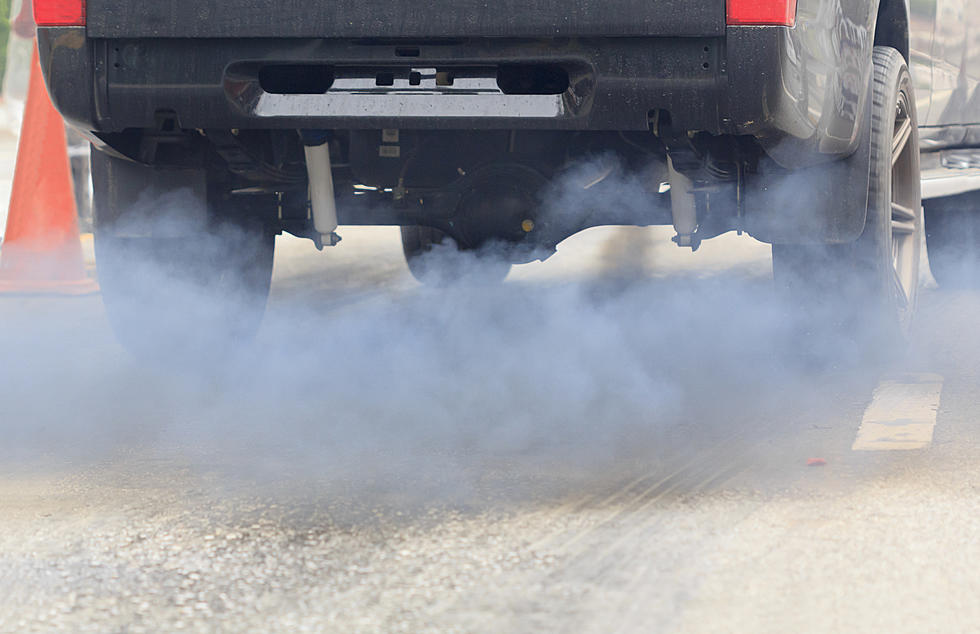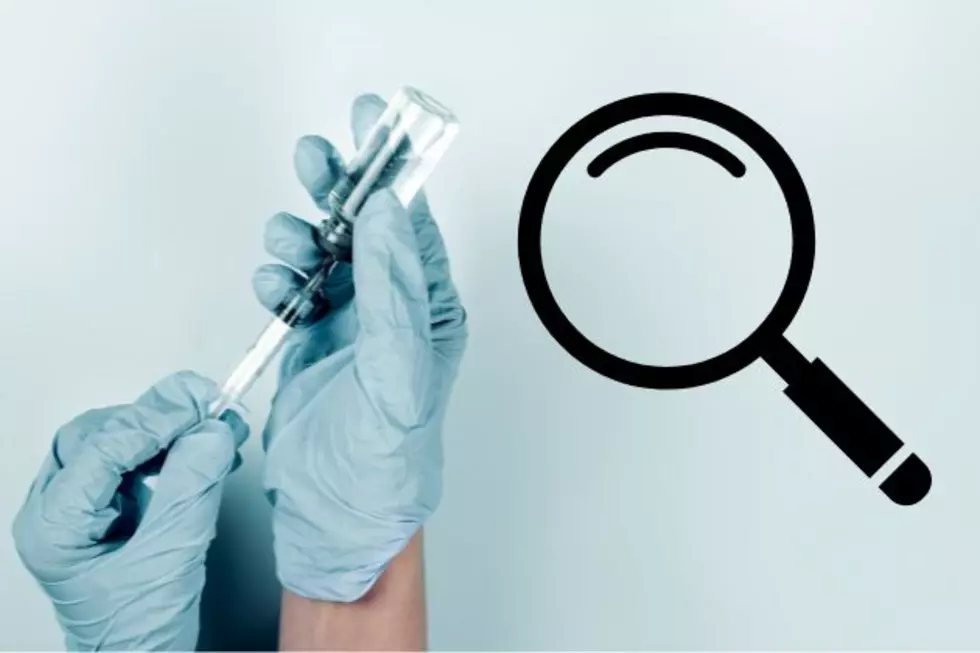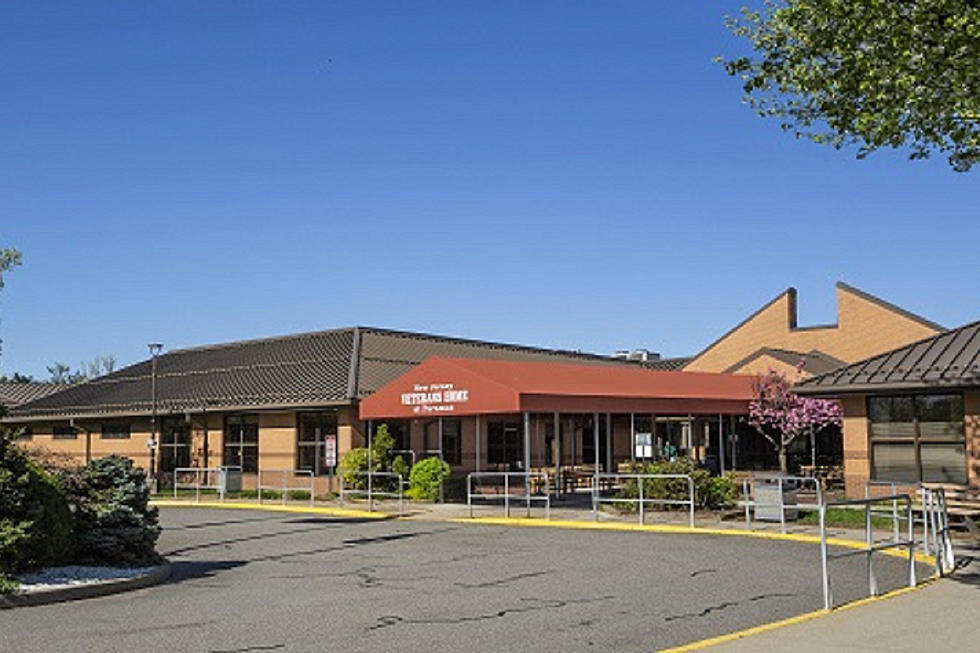
Nine NJ counties fail in national smog study
The American Lung Association's 2020 State of the Air report gives nine New Jersey counties a grade of F for ground-level ozone pollution, or smog, with no county receiving an A grade.
Five counties were left off of the report's calculations: Burlington, Cape May, Salem, Somerset, and Sussex. Union County was graded for its number of high-particle pollution days (and garnered a B), but was not evaluated for smog.
For New Jersey Sierra Club Director Jeff Tittel, the juxtaposition of this study coming out around the 50th anniversary of Earth Day, which was Wednesday, was striking.
He recalled how at the time of the first Earth Day, people in big cities would walk around in masks to protect themselves from larger particles like soot, and now people are wearing masks out in public for a completely different reason.
"The air pollution that we used to get that were the big particles or soot, we're actually now in compliance of, because a lot of the coal plants in Pennsylvania and in New Jersey have closed," Tittel said.
A proposed NJ Transit power plant in the Meadowlands, according to Tittel, would only compound Bergen County's F rating for smog, not a good omen considering its standing as the epicenter of the New Jersey COVID-19 outbreak. North Jersey, overall, ranked as the 12th-worst metropolitan area in the country for ozone levels, according to the report.
"One of the things that studies in Europe have shown, and a Harvard study in the United States has shown, (is) that areas that have the worst air pollution also have the biggest impacts from the coronavirus," Tittel said.
And while 12 of the 15 counties measured for high particle pollution days got A grades, signifying improvement, exhaust fumes continue to literally choke New Jersey's residents, according to Tittel.
"Those fine particulates that come from natural gas, and also from automobiles, really affect our lungs, in some ways more than the dirty stuff that we used to get," he said.
FIRST RESPONDERS AND THE PANDEMIC: Thursday at 7 p.m., New Jersey 101.5 takes a special live look at the plight of first-responders on the front lines of the novel coronavirus pandemic, and the resources available to help them through an extraordinary time. Listen Live on the 101.5 FM or the New Jersey 101.5 app. Join the conversation and ask your questions in a live chat at Facebook.com/NJ1015.
Tittel acknowledged that there is some accuracy to recent maps which suggest New Jersey's air quality has improved in the short term because of coronavirus-related restrictions and shutdowns, but without a pollution reduction plan that takes a longer view, those positive changes won't last.
Plus, if and when air conditions revert, they will adversely affect the most vulnerable in the state's population if there is a second spike of COVID-19.
"It's unfortunate that our economy's been hurt and we're having to stay home, but the fortunate side of it is that that reduction of air pollution actually helps make us safer from coronavirus," Tittel said.
The American Lung Association report explained that not all counties have monitors for ozone or particle pollution and that those decisions are made by the state and the U.S. Environmental Protection Agency, so that is why several New Jersey counties were left out of the rankings.
To read the report, click here.
Patrick Lavery is New Jersey 101.5's afternoon news anchor. Follow him on Twitter @plavery1015 or email patrick.lavery@townsquaremedia.com.
What New Jersey is drinking to get through quarantine
More From New Jersey 101.5 FM









